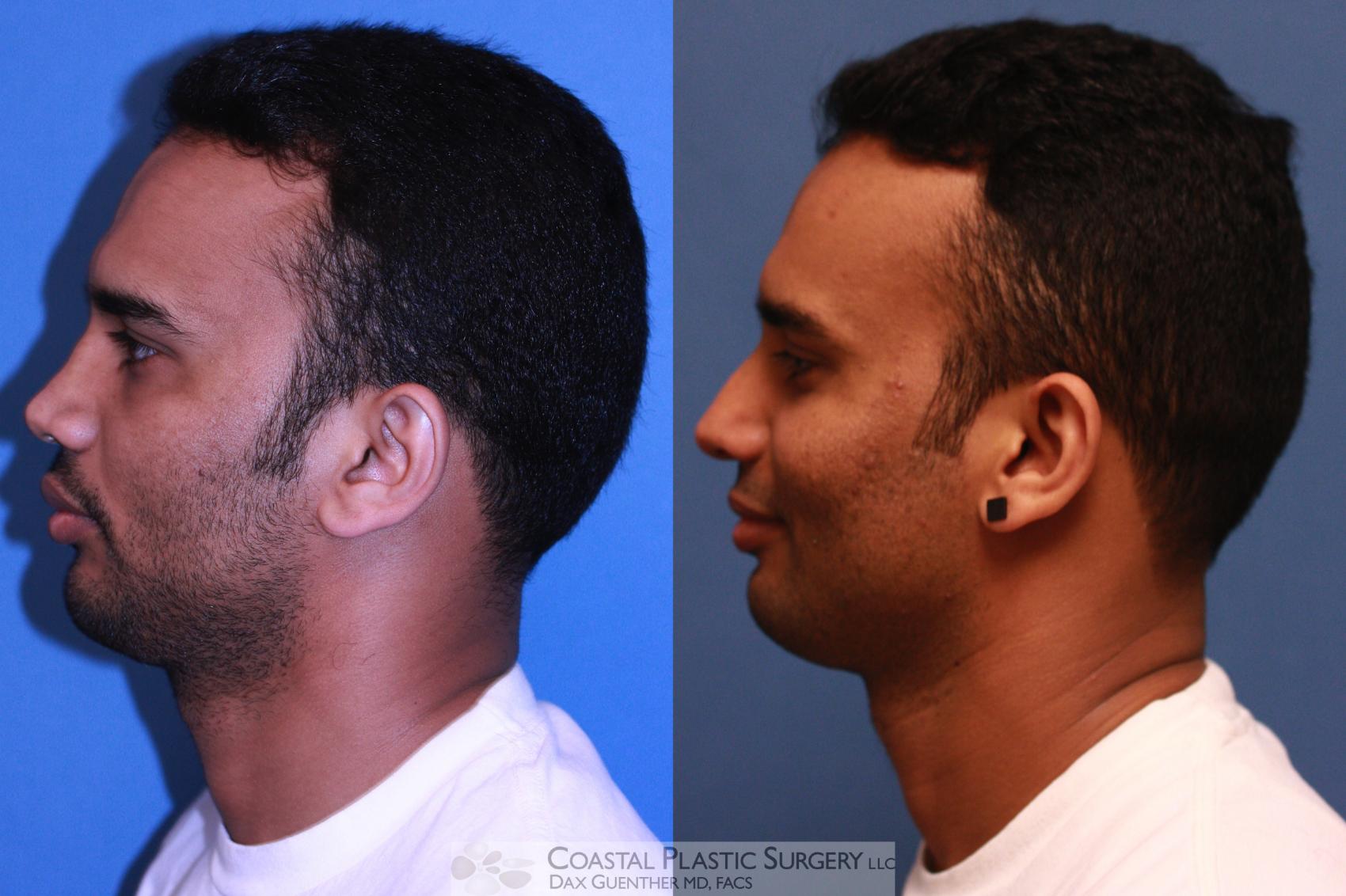Rhinoplasty is one of my favorite procedures to perform because it requires quite a bit of technical expertise, and I enjoy seeing my patients’ reactions at the moment of the “big reveal.” That moment is especially gratifying for rhinoplasty patients at my Boston practice who know what to expect before scheduling their procedure.
In this blog post, I’ll list some essential information that women and men should know before choosing a plastic surgeon for rhinoplasty or scheduling the surgery.
1. Have reasonable expectations for your rhinoplasty results.
Patients often come in with “wish” photos of celebrities whose noses illustrate the results they want. That can be helpful, but it’s important to know that there is no perfect nose. Rhinoplasty can change the nose’s shape, reduce its size, and address perceived imperfections, but the procedure won’t necessarily create a replica of the perfectly symmetrical, airbrushed photo. Patients with reasonable expectations are typically the most satisfied with their results.
Prepare for a letdown when seeing the initial results. For patients who understand that their first glimpse of the results—the “big reveal” I mentioned earlier—will include a swollen and bruised nose, the moment can be great. But even then, it’s natural to want to see immediate results and feel let down a bit. The final outcome gradually emerges as the swelling resolves, a process that can actually take several months to a year.
2. Understand what to expect during your recovery.
Patients are often pleasantly surprised that they experience little to no pain as they recover from a nose job. Prescription or over-the-counter pain medication is very effective. That’s not to say there won’t be some uncomfortable days because you’ll likely feel severely congested for at least a couple of weeks. That’s normal, and you may still be mildly stuffy for 2 or 3 months before you’re completely healed.
While pain is minimal, the recovery process does require some lifestyle adjustments to ensure proper healing. For the first week or 2, you’ll need to avoid strenuous activities, including exercise, heavy lifting, or anything that raises your blood pressure, as these can worsen swelling or cause complications. Sleeping with your head elevated can reduce swelling and promote drainage, making your recovery more comfortable. Swelling and bruising around your nose and eyes are also common in the early stages but typically improve within a couple of weeks. While much of the healing happens quickly, it’s important to remember that your nose will continue to refine and settle over the next several months, so patience is key. Learn more about rhinoplasty recovery.
3. Make choosing a rhinoplasty specialist, not cost, the priority.
Rhinoplasty is one of the most complex cosmetic procedures, and your priority should be on finding a surgeon with an extensive track record of excellent results. This focus on expertise helps you avoid having to ultimately pay for revision surgery. One of the first places people look when assessing a surgeon’s rhinoplasty ability is their online reviews and their gallery of before-and-after photos.
We understand that virtually every patient has a budget of some sort. However, shopping for the least expensive plastic surgery practice generally leads to disappointment. Our practice offers financing through CareCredit® to help patients pay for their procedures.
4. Make sure your surgeon educates you about risks and complications.
Rhinoplasty, like any surgery, comes with potential risks, but I’m here to guide you through them and ensure you feel informed and confident every step of the way. The most common risks include bleeding, infection, and prolonged swelling, as well as the possibility of asymmetry or a less-than-ideal outcome that could require revision surgery. While these risks may sound concerning, they are uncommon, especially when your procedure is performed by an experienced board-certified plastic surgeon.
At my practice, I take every precaution to mitigate these risks. From detailed preoperative evaluations to ensure you’re a good candidate for surgery to using precise surgical techniques that minimize trauma to the tissues, your safety is always my top priority. I also provide comprehensive aftercare instructions and remain available to address any questions or concerns throughout your recovery. With careful planning and expertise, the likelihood of complications is very low, allowing you to focus on enjoying your results with confidence.
5. A nonsurgical rhinoplasty may be a good option.
Nonsurgical rhinoplasty, also known as a liquid rhinoplasty, offers a temporary and less invasive option for enhancing the appearance of your nose. Using dermal fillers, I can address concerns like a dorsal hump, asymmetry, or a slightly drooping nasal tip. While the results aren’t permanent, they provide a quick and effective way to refine your nose without the downtime or commitment of surgery. It’s a great choice for those seeking subtle improvement or wanting to test how changes might look before deciding on surgical rhinoplasty.
For patients considering surgery, nonsurgical rhinoplasty can serve as a “trial run,” allowing you to see how certain adjustments could complement your facial features. However, it’s important to remember that fillers can’t address functional concerns, such as breathing issues, or make structural changes, like reducing the size of the nose. If you’re exploring your options, I’d be happy to help you determine whether a nonsurgical or surgical approach is the best fit for your goals.
6. Septoplasty is different than rhinoplasty.
Patients with a deviated septum who have trouble breathing are good candidates for septoplasty, a procedure that clears the obstructed airways. As a standalone surgery, however, it isn’t designed to alter the nose’s shape or size. Cosmetic changes can be made during septoplasty, which is sometimes called functional rhinoplasty. Be aware, however, that while insurance may cover septoplasty, it won’t cover the cosmetic portion of the procedure.
If you’re looking for a rhinoplasty surgeon in the Boston area, you can contact our practice using the online form to request a consultation. Or call us at (781) 740-7840 to schedule an appointment.





Leave a Reply